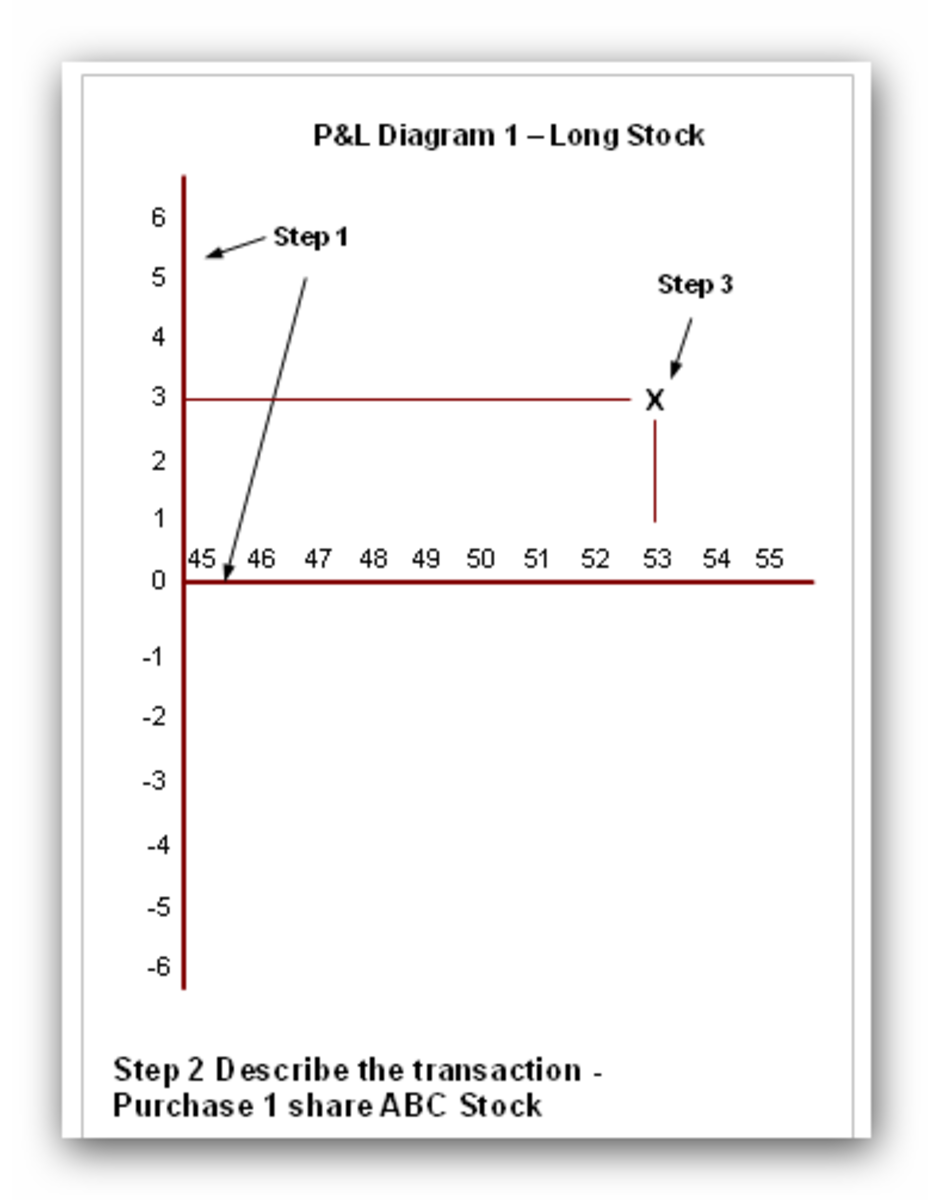Sector Rotation Strategies - A Free Sector Rotation Strategy

Beating the Market
One goal of almost every investor who is actively managing their portfolio is to outperform the major market averages. Otherwise, a simple buy and hold strategy with index funds can get you to the same performance as the markets. This becomes a more attractive goal if the market has been dismal. Currently we are continueing the upswing ride, but we all know that cannot last forever. For the seven years ending in December 2012, the S&P 500 averaged just a tad above 2% a year, up from the previous 7 years average of 1 percent.
Sector Rotation Book
Sector Rotation Method
The most readily available investment vehicle for the average investor would be mutual funds. So what are some approaches that might help the average investor beat the market, and do it without watching CNBC all day long? Sector rotation is a strategy that has been popular over the years. The basic idea behind sector rotation is to switch your investments from one sector of the market to another, in what amounts to a trend following system. Rather than trying to find the bottom of the market and getting out at the top, you buy what is already going up and hold it until something else starts going up faster. But, that sounds easier said than done. What are the sectors that might work, and what do you look at to determine if the sector is in an uptrend?
More on Trend Trading
A Free Trend Following System
Fortunately, Fidelity Investments has already identified a family of sector funds well suited for a trend trading strategy. They are known as the Fidelity Select Funds. This is a popular investment vehicle that is followed by several investment newsletters. They offer over 40 different sector funds that are diversified relative to one another. They only have a minimum holding period of 30 days, which turns out to be very well suited to a sector rotation strategy. In addition, the minimum initial investment is only $2500, so it's in the range of even the modest investor.
The Method Explained
One well publicized approach to using the Select Funds for a sector rotation strategy has been used for years, and continues to work well today even though it's been publicly available for over 15 years. The approach is straightforward:
1) Set up a spreadsheet or other way of tracking the 25 day (or 5 week) percentage price change for all of the Select Funds. Be sure to correct for dividend distributions, which typically happen in April and December for these funds.
2) Buy the fund with the highest percentage change over the last 5 weeks.
3) Hold that fund for a minimum of 30 calendar days to avoid the early redemption fees (of 0.75%).
4) After 30 days, if the current holding is no longer the top fund, exchange it for the currently top ranked fund. If your current holding is still the top fund, continue to hold it until it drops from the top position.
5) After a trade again hold your fund for a minimum of 30 days.
You'll find that this system is simple, yet has outperformed the S&P over the last 7 years by 5% a year, which is consistent with its long term performance.
Of course, any system that is in the market 100% of the time will do better in bull market and experience volatily, and this is no exception. This system does not have a much better drawdown than the major indices. During the bear market years of 2000 to 2002 it experienced a drawdown of almost 50%, just as the major indices did. In spite of that it came back to all time highs in 2006. But be aware that it can be a wild ride at times.










